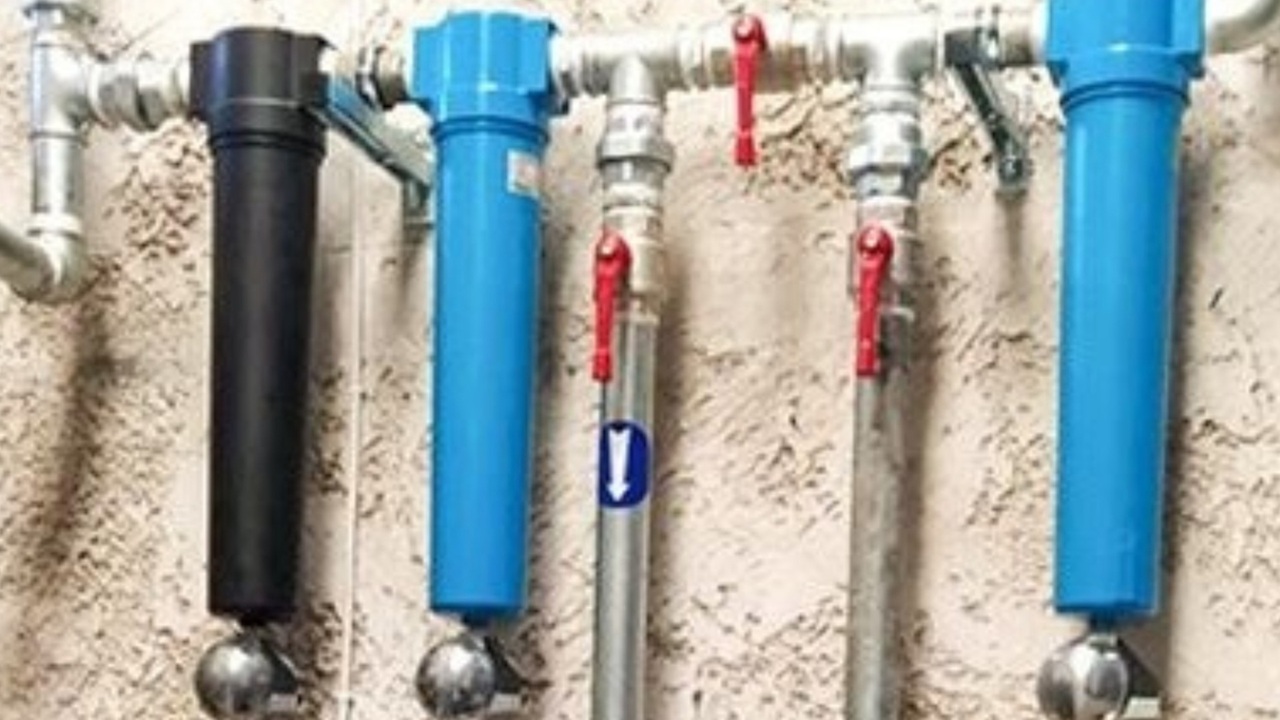In the world of trades, compressed air is essential for driving tools, machinery, and production lines. Despite its critical role, it’s one of the least efficient energy sources, with up to 90% of energy used in air compression lost as heat. This inefficiency can ramp up energy bills, increase carbon emissions, and put extra strain on your gear.
If you’re aiming to fine-tune your compressed air system and cut down on waste, here are five practical strategies that can make a significant impact on energy efficiency.
1. Regularly Hunt Down and Fix Air Leaks
Air leaks are one of the most common culprits of energy waste in industrial settings. They can account for 20–30% of total compressed air use, making your compressors work overtime, which spikes energy costs and wears out equipment faster.
How to spot and seal leaks:
- Regularly conduct ultrasonic leak detection tests to catch leaks that are too quiet to hear.
- Use soapy water on suspect joints and fittings to spot bubbles that signal a leak.
- Fix leaks pronto and set up a maintenance routine to keep future losses in check.
2. Match System Pressure to Demand
Running your compressed air system at a higher pressure than needed just burns extra energy and stresses the system. Every 2 psi (0.14 bar) uptick in pressure can boost energy consumption by about 1%, and those numbers add up fast.
How to dial in the right pressure:
- Measure and evaluate your actual air demand to find the lowest pressure needed for your jobs.
- Put pressure regulators in different parts of the system to avoid over pressurisation.
- Use variable speed drive (VSD) compressors that adjust output to match demand, slashing energy waste during downtimes.
3. Improve Air Storage and Distribution
A smartly designed air distribution system is key to reducing pressure drops and cranking up efficiency. Poor piping designs, undersized storage tanks, and too many bends or restrictions can lead to energy losses.
How to enhance air storage and distribution:
- Install a correctly sized air receiver tank to smooth out demand fluctuations and cut down compressor cycling.
- Go for looped piping rather than dead-end layouts to keep pressure steady across the system.
- Make sure pipes are the right size to cut down on friction and pressure losses.
4. Harness Heat from Air Compression
Did you know that up to 94% of the energy used by an air compressor turns into heat? Instead of letting this heat go to waste, you can capture and reuse it for extra energy savings. Many facilities use this recovered heat for space heating, water heating, or even process heating.
How to put heat recovery to work:
- Install heat exchangers on air compressors to capture waste heat.
- Use recovered heat to preheat water for industrial processes or heating systems.
- Direct hot air exhaust to warm workspaces during the chilly months.
5. Keep Equipment in Tip-Top Shape
A compressed air system that’s not well-maintained not only guzzles energy but also breaks down more often, leading to costly repairs. Regular upkeep ensures peak performance and prevents inefficiencies from clogged filters, worn seals, or uncalibrated controls.
Best practices for maintaining your compressed air system:
- Swap out air filters and drain condensate traps regularly to prevent clogs.
- Check compressor parts for wear and tear, especially belts, valves, and seals.
- Keep an eye on system efficiency with energy audits to spot areas needing improvement.
Want to ramp up the efficiency of your compressed air system? Get in touch with our experts at National Filters for custom energy-saving solutions!

